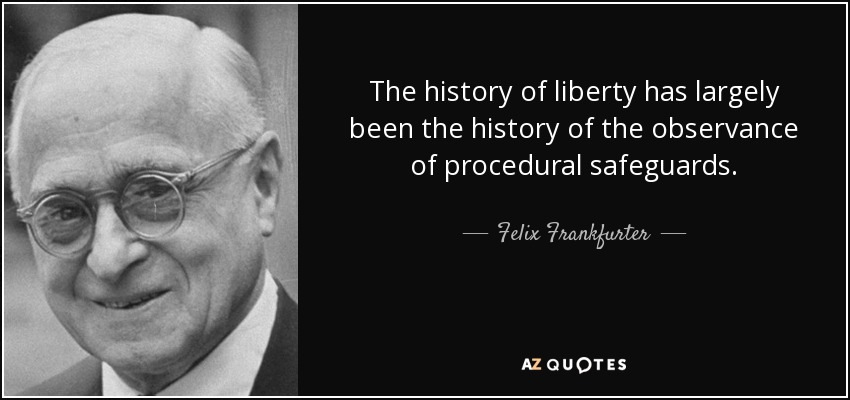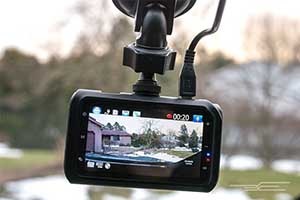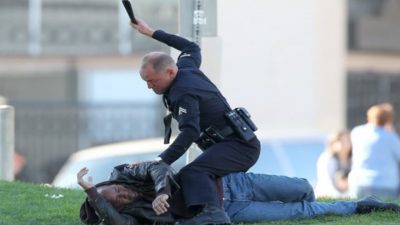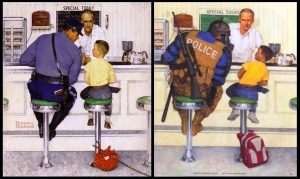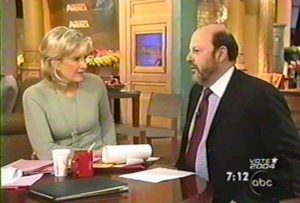Brady List and Pitchess Motions
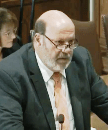
STEERINGLAW’S “BRADY LIST”![]()
If you would like to add a “Bad Apple” cop to the Steeringlaw Brady List page, please email the information to The Law Offices of Jerry L. Steering. A “Brady List” is a list that is kept by District Attorney’s Offices and police agencies, of police officers and deputy sheriff’s, who had been found to have acted in a dishonest manner (i.e. provoking a response from you to justify punching your lights out, and then authoring a false police report and other documents, to present a false rendition of the material events to the DA’s Office; to procure the bogus criminal prosecution of the unreasonable force civilian victim. Or, maybe a cop who has framed others, by planting drugs on others and then procuring their bogus criminal prosecutions. This, by the way, is normal behavior, for far too many “peace officers.” All cops know that perjury is a joke (i.e. perjury; Cal. Penal Code § 118; the only crime in the penal code that requires two witnesses to the defendant’s false statements.) What cop ever got prosecuted for perjury in any case where either in a civil or criminal forum, the police officer lied about a civilian? At the LAPD, as a matter of routine and uniform practice, if you bring a busload of Nuns to Parker Center (LAPD Headquarters) who all claim that Officer Jones beat-up a homeless man right in front of them, in the absence of corroboration of that complaint by another peace officer, any such personnel complaint will be found “Not Sustained.” “Not Sustained” really means that the agency can’t confirm the allegation, because no cop is willing to testify to that’s what happened. Many times, LAPD will find a personnel complaint, “Unfounded”; even if everything on the arrest report shows that a crime has not been committed.
Peace officers also may be on the “Brady List“ because of complaints of prior acts of brutality or false arrests by them; whether or not their employing law enforcement agency “sustained” or “exonerated” the personnel / Internal Affairs complaint made against the officer / deputy.
WHAT IS A PITCHESS MOTION?
A “Pitchess Motion” is a motion made in a California Superior Court under Cal. Evid. Code 1043-1046, to
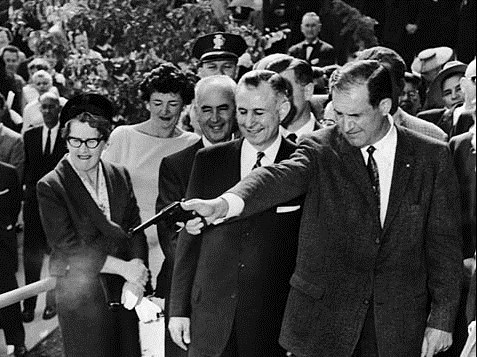
discover complaints made by others against a peace officer, and the investigation of those complaints, that are contained in the subject officer’s Peace Officer Personnel Records. Pitchess v. Superior Court , 11 Cal.3d 531 (1974.) In Pitchess v. Superior Court, the California Supreme Court held that because under Cal. Evid. Code § 1103(a)(1), a criminal defendant may introduce evidence of the character of the “victim” of the crime for which he stands accused of committing, to show that the crime victim has a certain character and that the alleged victim (i.e. the police officer) acted in conformity with that character during the incident complained of, that the criminal defendant must be entitled to the discovery of acts of or complaints of violence or dishonesty by a police officer, because the defendant may introduce that evidence at trial in his/her defense. In other words, if the defendant is accused of resisting or battering a police officer, and the defendant is claiming that he/she was one who was the real victim (i.e. that it was the police who used unreasonable force upon them), then evidence that the police officer is a violent person (i.e. complaints of unreasonable force made against the police officer) or dishonest (i.e. such as evidence of bogus police reports or perjured testimony), any such evidence of the officer’s character for violence is “exculpatory.” The same goes for complaints made against the police officer for dishonesty, such as authoring false police reports or falsely testifying under oath.
In “contempt of cop” and “resistance” case, this type of evidence is often very useful to the defense of these type of cases. So, for example, in a case involving allegations of resisting / obstructing / delaying a peace officer (Cal. Penal Code Section 148(a)(1)), or allegations of assault and battery on a peace officer, the alleged officer-victim’s violent and/or dishonest character can be introduced by such a criminal defendant, such as the officer’s: a) character for using unreasonable / excessive force; b) character for dishonesty, c) character for routinely, falsely and maliciously, procuring the bogus criminal prosecutions of their victims; d) character for provoking contemptuous responses from civilians, to justify gooning them, etc.), and that they acted in conformity with that character during the incident complained of; to, for lack of a better term; to “shift the blame to the cops”; to show that they were the aggressors.
After the Pitchess decision came down in 1974, police agencies in California routinely destroyed peace officer personnel records, to hide their contents from criminal defendants and from persons suing the police agency. In response to all of the personnel record shredding, the California legislature created a statutory scheme, which is now the exclusive method that a civil or criminal litigant in a California Superior Court case, can obtain peace officer personnel records. This Pitchess Motion procedure requires a civil or criminal litigant to file a “Motion For Discovery Of Peace Officer Personnel Records“. Unlike other criminal case motions, the motion must be filed no later than 15 court days prior to the date of the hearing (Cal. Evid. Code § 1043(a)), and must be accompanied by a copy of the police report (Cal. Evid. Code § 1046.) Also, the Pitchess Motion must be personally served on the employing police agency no later than 15 court days prior to the date of the hearing (Cal. Evid. Code § 1043(a).) Also, unlike any other discovery scheme or discovery statute, a police agency divulging Peace Officer Personnel Records in the absence of a Court order obtained via the Pitchess Motion process, is a crime (Opinion of the California Attorney General #99-503.)
Therefore, if a criminal defendant is being accused of a crime such a resisting / obstructing / delaying a peace officer (Cal. Penal Code § 148(a)(1)), or assault and/or battery on a peace officer (Cal. Penal Code § 240/241(b) and Cal. Penal Code § 242 /243(b)), and the defendant contends that the “victim officer” was the physical aggressor, or used unreasonable force upon him/her,other acts of excessive force by a police officer can be introduced in that criminal case, to show the jury that it is likely that “victim officer” used unreasonable force during the incident complained of in that case. See, Pitchess v. Superior Court, 11 Cal.3d 531 (1974.) Excessive force by an officer (or other unlawful conduct by him/her) is a defense to crimes that require an officer to have been lawfully engaged in the performance of their duties, such as resisting or obstructing or delaying a peace officer (Cal. Penal Code § 148(a)(1)), assault on a peace officer (Cal. Penal Code 240/241(b)),battery on a peace officer (Cal. Penal Code § 242/243(b)) and Cal. Penal Code 69; using or threatening the use of force and violence to interfere with a public officers lawful performance of his / her duties. See, People v. Curtis , 70 Cal.2d 347 (1969.) Thus, since prior incidents of brutality and/or dishonesty by a peace officer are typically considered admissible evidence in these types of case (i.e. * prior acts of dishonesty – for witness impeachment purposes, and * prior acts of brutality -to show the officer’s propensity for violence by the “victim” peace officer; to prove unreasonable force during event [an actual and proper defense to “contempt of cop” crimes]), such evidence must necessarily be discoverable (that is, because it’s relevant and often exculpatory, the defendant is entitled to a copy of the evidence) by a criminal defendant, as well as civil plaintiffs, under different theories of admissibility.
SO WHAT’S THE CATCH?
Here’s the catch. Cal. Evid. Code Section 1045 provides in pertinent part:
“(a) Nothing in this article shall be construed to affect the right of access to records of complaints, or investigations of complaints, or discipline imposed as a result of those investigations, concerning an event or transaction in which the peace officer or custodial officer, as defined in Section 831.5 of the Penal Code, participated, or which he or she perceived, and pertaining to the manner in which he or she performed his or her duties, provided that information is relevant to the subject matter involved in the pending litigation.”
However, in the real world, the only thing that one gets from a California Superior Court Judge in a Pitchess Motion, are the names, addresses and telephone numbers of persons who either made complaints against a particular peace officer, and any those of witnesses to any such incident that’s the subject of the complaint; and that’s if you’re lucky. Notwithstanding the unambiguous language of Cal. Evid. Code Section § 1045(a), in a California Superior Court, one simply does not get those “records of complaints, or investigations of complaints” guaranteed to them by Section 1045, save extremely unusual cases.
One such type unusual “extremely unusual case”, is when a criminal defendant moves the Superior Court to obtain the Internal Affairs / Administrative Investigation witness statements, including the statements of the very peace officers who the defendant is being accused of committing some sort of crime against. The police fight to the death over these records. If a criminal defense lawyer somehow obtains an order compelling the employing the police agency to actually turnover these generally exculpatory documents and recordings (including impeachment and “story shaping” gems), the employing agency / entity will almost assuredly file a Petition for a Writ of Mandate with the Court of Appeal, and, if unsuccessful, Petition the California Supreme Court for Review; costing you a bloody fortune to defend yourself.
Moreover, although Pitchess v. Superior Court held that a criminal defendant may show evidence of the character of his victim to prove actions in conformity therewith, it was not until 2012 that a criminal defendant was permitted to obtain the statements of witnesses and participants to the very same incident that he/she is being criminally prosecuted for (See, Rezek v. Superior Court of OC (2012)); notwithstanding the most basic of Constitutional principles; the defendant’s entitlement to exculpatory evidence.
Attached are the “Pitchess Motion” documents, from a California Superior Court criminal cases, Hopefully, this example can help you in your case. Sample Pitchess Motion Notice of Motion, Declaration in support of the motion, Memorandum of Points and Authorities in support of the Motion, and the attached Notice Of Lodging Police Report in support of the Motion.
If you have a criminal or civil case, and want to find out if the Law Offices of Jerry L. Steering has exculpatory evidence on a particular police officer or deputy sheriff, please contact our staff at (949) 474-1849, or email jerrysteering@yahoo.com, and we will let you know what, if anything, we have on a particular police officer or deputy sheriff. If you have an officer that you would like to add to our Pitchess List data bank, please, please contact our staff at (949) 474-1849, or email jerrysteering@yahoo.com. If you would like a sample copy of a Pitchess Motion, please also email or call, and we will provide you with those items.
Jerry L. Steering, Esq.
Isaac Felter, OCSheriff’s Department:
The OC Sheriff’s Department terminated this Gentlemen, but he was reinstated by an arbitrator.

